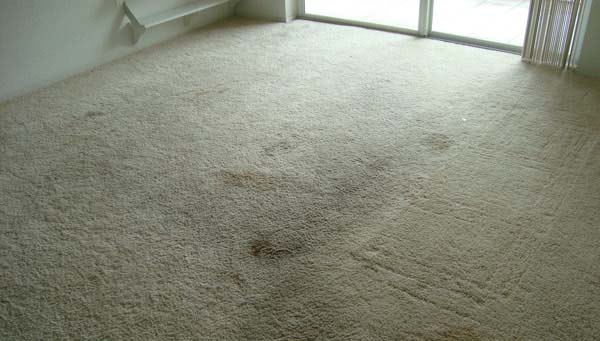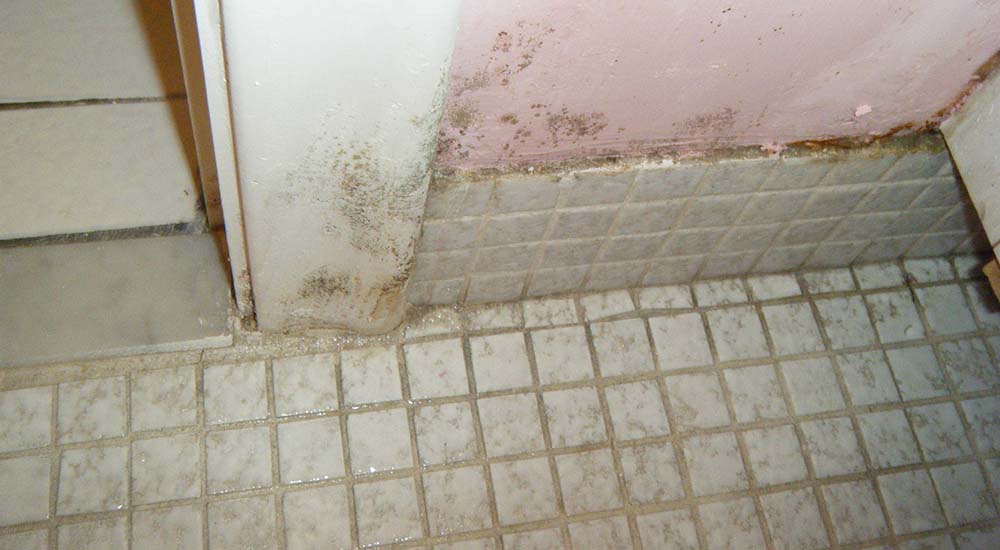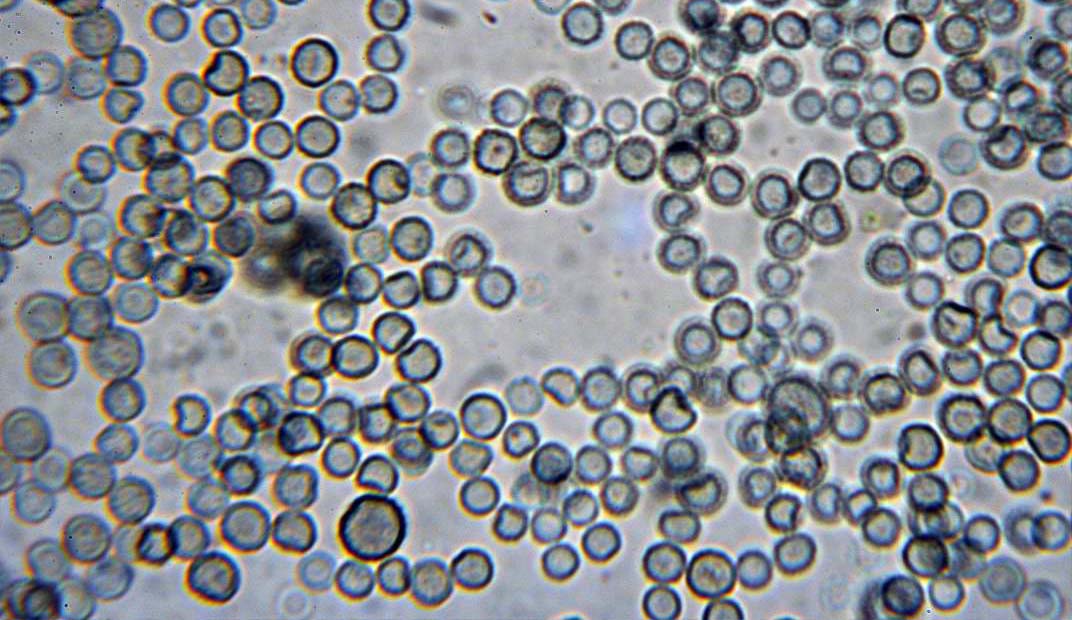Mold is literally everywhere
In the workplace, it is probable to encounter the hairy like substance lurking in the nooks of a leaky faucet or a water-damage
Mold is a common sight in many households, dark spaces, and dingy environments of the like. Mold can be found anywhere. It thrives in environments that have high humidity and moisture content. For example, it can often be found in soil, plants, food, carpet, and even wood. Anything involving organic material is fair game for mold growth. Because mold is spread through spores, it is challenging to completely get rid of it. Usually an unwelcome sight, mold tends to strike fear into the beholder's bloodstream. An omen of filth and disease, the default reaction is to banish its existence from sight. In the workplace, it is probable to encounter the hairy like substance lurking in the nooks of a leaky faucet or a water-damaged ceiling. In the event that this occurs, it is crucial to understand how to prevent mold from collecting in order to mitigate further injury to the area. This way, we can limit the amount of mold present to create a healthy work environment, maintain morale, and uphold cleanliness. You should also be familiar with steps to take for mold removal. But before we grab our flamethrowers and take down the heinous beast, let us understand its background, where it is located, and how to test for it. Areas that tend to collect moisture have a high risk for growing mold. In the case of an office building, the most common places to attract mold may include the breakroom, the restroom, or any cracked ceilings or crawl spaces. The best way to prevent mold is to reduce moisture levels. You should make sure that any area that readily accumulates moisture is properly ventilated. That means if you have a small kitchenette in the breakroom, make sure there is a window or exhaust fan to create a breeze. Another area of interest would be a crawl space. Check them for any areas of dampness and do your best to seal any leaks or cracks. Try removing any excess moisture from the room. Regular use of a dehumidifier in crawl spaces or bathrooms are effective ways to mitigate the risk of mold. As much as possible, you should also take care of your roofing. Inspect any floors that are below bathrooms or take a look at your plumbing and patch up any leaks as soon as possible. If you do find a leak or see any water damage, do your best to take care of the moisture immediately. This can be achieved by locating the source of the issue and determining what caused it before taking steps to fix it. Once this is figured out, it is important that you remove any excess water in the surrounding area using a mop or water-absorbent cloth. If you suspect the carpet has been affected, make sure to pull it up immediately. Carpeting with extreme amounts of moisture will be tough to completely dry and are common sources of mold. Do your best to thoroughly check any drywall or baseboards since, after a leak, mold tends to collect there. Mold testing can be costly so it is essential to distinguish when is an appropriate time to test and why. If mold has proven to be persistent after a removal attempt or there is a need to have the type of mold identified, then an inspection and mold sampling through a credible agency is recommended. There are three types of mold sampling. Bulk and surface sampling are used to identify mold when it is present. When a bulk sample is taken, it will then be examined under a microscope. Mold experts look for fruiting structures and hyphal penetration to determine if the surface had been colonized. A surface sample examines fruiting structures and a mixture of spores when observed under a microscope. Surface sampling concludes how long the spore has been developing and mold types. Additionally, there are cases where mold is not present but there is a suspicion of mold, most likely due to a musty smell. In this situation, air sampling would be the next step. Air sampling is great when mold is not visible but still needs to be identified. This is useful when there are health concerns, when there is a need for litigation, or when the source of particular smell is unclear. This test will reveal whether mold is present in the building (including inside walls, carpet, and ducts) and will identify if it is typical or atypical. However, it is extremely limited in determining the severity of the fungus. This is where sampling or bulking would be most useful as this type of test can tell how far the colonization expands. Regardless of the type, any sampling can and should be conducted by a professional. At-home kits would be ineffective unless the sampler has a background in the field. While mold is unpleasant, it is vital to understand more about it and how we can prevent its occurrence. With some scrubbing and testing, it can be more than manageable and even eradicated with regular upkeep. Always be aware of spaces prone to moisture accumulation and mold will not be a problem anymore.
Is all mold bad?

Mold Prevention

Mold Testing

Key takeaways